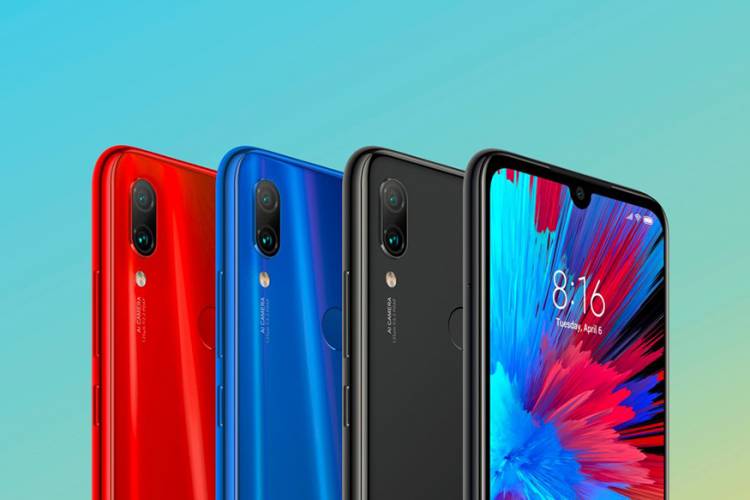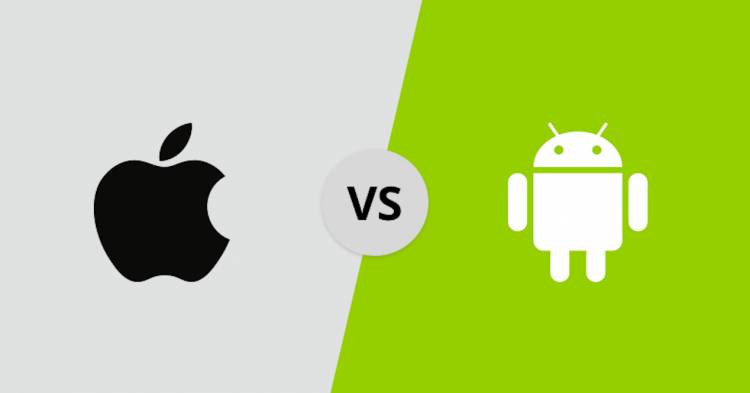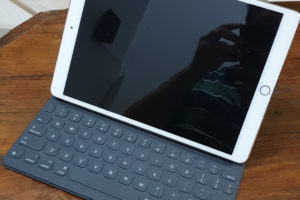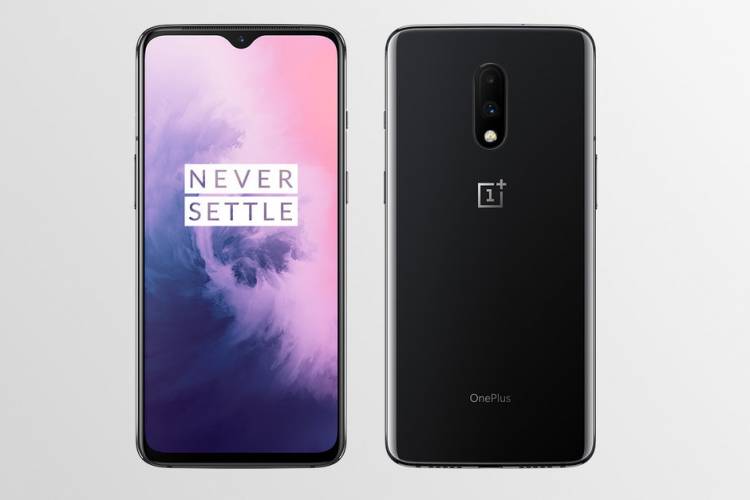Xiaomi is known for making phones with great features and performance at an affordable price, and the Redmi Note series is a great example of this. Redmi, a sub-brand of Xiaomi, is the leader in the budget smartphone category. The Redmi Note 7 Pro, starting at Rs. 13,999, competes with the likes of the Samsung Galaxy M30 (Read the review) and Asus Zenfone Max M2, and is going to go on sale in India on March 20. Let’s see if it has what it takes to compete in this highly competitive segment.
Design
The Redmi series has always carried the same boring plastic build, but this is going to change with the Note 7 Pro. The latest entrant to the series has a premium plastic and glass design, that adds the much-needed class and elegance to the line-up. The device has Corning Gorilla Glass 5 on both sides of the device with a plastic rim in the middle. The back-glass merges seamlessly with the plastic edges, and the device is very sturdy to hold in the hand

The reflective glass on the back looks good, but is an extremely good smudge and fingerprint magnet. Though the Redmi Note 7 Pro does not have an IPxx water resistance rating, Xiaomi claims that it is resistant to liquid damage due to spills because of the P2i hydrophobic Nano-coating.
On the right are the power button and the volume rockers, and there is a SIM tray on the left side. It is worth noting that the SIM tray has a hybrid dual-SIM setup, which means you cannot use two SIMs with a MicroSD card. There is a capacitive fingerprint sensor on the back of the device. Thankfully, Xiaomi has still kept the 3.5mm headphone jack in the Redmi Note 7 Pro. (Read why it is still necessary to keep it)
Display
The Redmi Note 7 Pro has a 6.3inch FullHD+ (2340×1080) IPS LCD display with a pixel density of 409ppi and a 19.5:9 aspect ratio. The display has a small waterdrop notch on the top, what Xiaomi calls the “Dot Notch”.
The display has very good colour reproduction and the viewing angles were also good. The images were also very sharp thanks to the high pixel density. One problem with the display is the high reflectivity, you would need to switch to high brightness even in a little direct light.
Performance
The Redmi Note 7 Pro is powered by the Qualcomm Snapdragon 675 octa-core SoC, which is usually found on devices priced significantly higher. Supporting the processor, the Note 7 Pro has two configurations of RAM and Storage. You could opt for the cheaper version with 4GB of RAM and 64GB of Storage or go for the higher one with 6GB of RAM and 128GB of Storage. The higher end variant is priced at Rs. 16,999.
The storage can be expanded by up to 256GB with a microSD card, but doing this would mean giving up the dual SIM functionality. The device also has Widevine L1 support, which means that you play HD content on video services like Netflix, YouTube, and Amazon Prime Video.

The Redmi Note 7 Pro runs on Android 9 Pie based MiUI 10 with the February, 2019 security patch. MiUI is a mixed bag experience, with some liking it and some disliking it. There are some very neat features like the option to choose from a variety of gestures for various system functions, Adaptive Battery, and Second Space which lets you make a second profile for use on the device.
There are some very inconvenient bits too about the MiUI like the umpteen number of ads everywhere, and I do mean everywhere. You can find the ads on the home screen, in settings, while opening aps, and elsewhere also. Another very annoying thing is the large amount of bloatware.
The Note 7 Pro is supported by a 4000mAh battery, with support for Qualcomm’s Quick Charge 4.0 fast charging technology. But the device comes with just a 10W charger in-the-box, you would need to buy the 15W fast charger separately.
Camera
One of the main highlights of the Redmi Note 7 Pro is its 48-megapixel rear camera. This was earlier seen in the Honor View 20 and Vivo V15 Pro, which are pricier than the Note 7 Pro. It carries the Sony IMX586 sensor with the 48-megapixel shooter. The other sensor is a 5-megapixel one.
Xiaomi claims that its 0.5inch sensor is bigger than many of the flagships out there like iPhone XS and OnePlus 6T (Read the review). It also added an AI-supported night mode in the Redmi Note 7 Pro.
The front camera is a 13-megapixel shooter with AI-supported one with modes like Studio Lighting, Beauty, etc.
By default, the Note 7 Pro shoots in a 12-megapixel mode, you have to go to Pro mode to shoot in 48-megapixels. It uses pixel binning to achieve the 48-megapixel by combining 4 pixels into 1. This, Xiaomi claims, allows the Note 7 Pro to produce extremely sharp images.
For people who shoot videos, the Redmi Note 7 Pro would not be that great as it misses out on Optical Image Stabilisation (OIS), and only Electronic Image Stabilisation (EIS) for video stabilisation.
Verdict
The Redmi Note 7 Pro is a good device with features that are found on pricier devise. It carries a great processor, a great camera, and a premium build. Though, there are some issues with MiUI and its ads and bloatware, but that’s upto the user to decide. All in all, it would be a great purchase for people looking into buying a phone under Rs. 20,000.
Do share your views in the comment section below. Cheers!
![]()
























